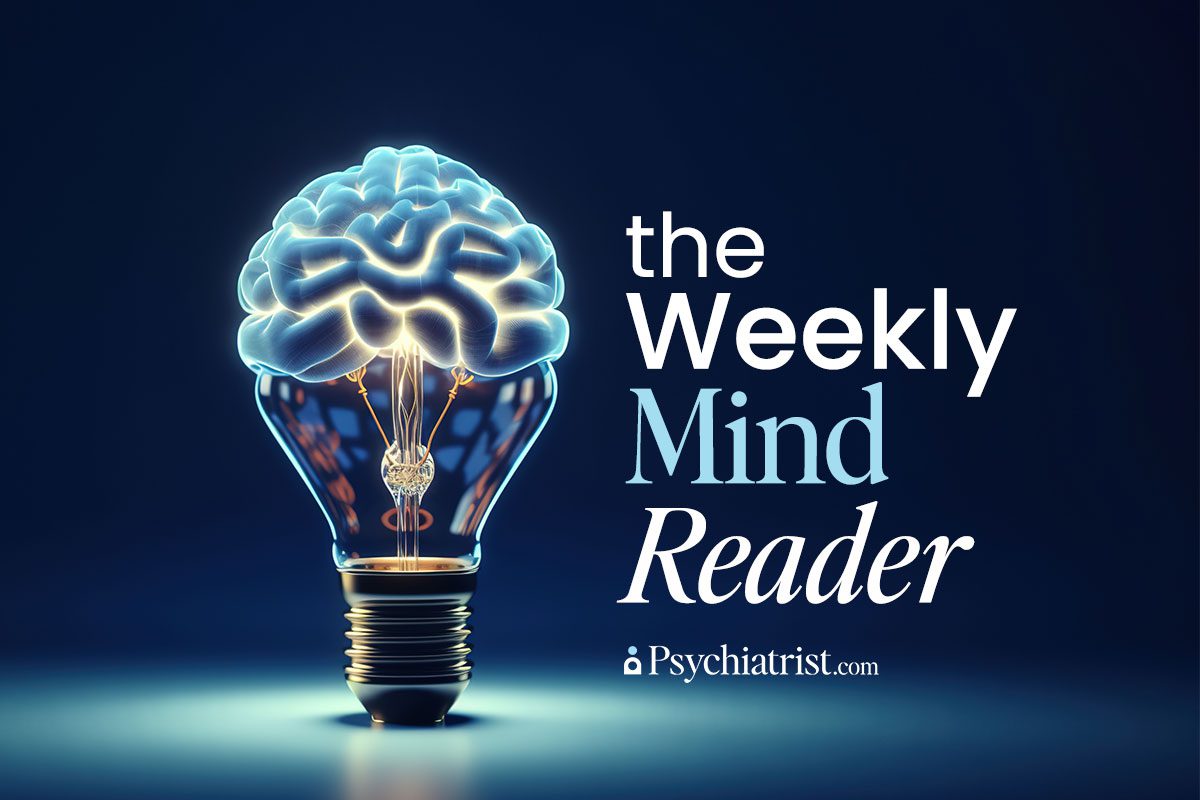A new study challenges the theory that autism is largely passed down from mothers. In fact, siblings who are both diagnosed with autism spectrum disorder (ASD) seem to get a larger portion of their DNA from their father.
DNA Data
To better understand the underlying genetic contribution to autism, researchers from Cold Spring Harbor Laboratory (CSHL) in New York examined the DNA profiles of more than 6,000 volunteer families. When a family had two or more children with autism, the researchers found that the siblings shared more of the father’s genome. In families where only one child had autism, siblings shared less of the father’s genome.
The chances of this genetic connection occurring randomly were very small. It was less than one percent, the researchers determined.
4 Distinct Autism Subtypes Identified
Antenatal and Neonatal Risk Factors in Autism
Buspirone for Comorbid Anxiety in Autism
“Not only did we observe significant genome sharing of the father by concordant siblings, but its significance and magnitude also exceeded that of the mother,” wrote authors Ivan Iossifov and Michael Wigler, who have led a multimillion-dollar effort to uncover the genetic origins of autism at CSHL for more than two decades.
Paternal Patterns
The Cell Genomics paper noted that in previous work, around 20 percent of autism cases can be attributed to new genetic mutations. Furthermore, multiple genetic factors contribute to the developmental disorder.
Statistically, boys are diagnosed on the spectrum more often than girls. Additionally, the researchers found that when one child is born with autism, it increases the chances of younger siblings also being diagnosed with the condition. There is a strong concordance of autism in identical twins as well, with rates of at least 70 percent.
The authors said that their previous hypothesis, that mothers passed on specific rare genes to their children, explained most of these observations. However, it failed to answer one important question: Why do siblings with autism share so much of their father’s genetic material compared to their mother’s?
On average, the data showed that siblings with autism share about 66 percent of their genetic material from their father. They only share about 30 percent from their mother. Siblings without autism share just about half of those percentages.
Further Findings
The new findings don’t make complete sense, the researchers said. The amount of genetic material shared from the father is higher than predicted. Plus, the likelihood of a male child having autism when two older siblings are affected was lower than expected.
The authors aren’t clear why fathers have such a strong genetic influence over autism. The authors suspect that fathers may carry protective mutations that fail to get passed on to their offspring. Or, fathers may pass down mutations that trigger the mother’s immune system to attack the developing embryo.
When the researchers considered how genetic material is passed down, they found a 15 percent probability that parents share their genetic material equally. This means that the genetic contribution from the two parents might be more balanced. Despite the strong association of paternal genes with autism, this possibility could still hold true.
Iossifov said, “Our future research is exciting. If one of those theories or two of them prove to be true, then it opens different treatment strategies, which can, in the future, affect quite a lot of families.” He hoped the findings would allow for earlier diagnoses and a better overall understanding of autism.



